当前位置:网站首页>[flask] static file and template rendering
[flask] static file and template rendering
2022-07-06 01:27:00 【Coriander Chrysanthemum】
Preface article :
Flask Departure and implementation are based on Flask The smallest application
Static files Static Files
Static files are mainly web Some pictures will be used in the application ,css file ,js Files, etc. to achieve an elegant web page . This is also an indispensable part of dynamic websites . that Flask Will solve it for you .
use Flask document : Just create a folder called static in your package or next to your module and it will be available at /static on the application. in other words , Create in the project path static Folder , Or create at the same level of the module /static Folder is ok ,flask You will find the contents of static files in these paths .
Static files also have a path in the system , Suppose there is a static/style.css The file of . Then you can use the following methods to locate :
url_for('static', filename='style.css')
Template rendering Rendering Templates
If you use Python To build a through string splicing and so on HTML page , I'm afraid it will kill people . besides , You also have to consider injecting attacks, etc . With this demand , There is a concept of template engine , Popular said : This gadget can put html Code and flask Apply the returned data for dynamic integration , And then render it as html The code is displayed on the browser . If you know Java in JSP、Thymeleaf I should have understood .Flask The default template rendering engine is Jinja2.
Render a template ( One html) It uses render_template() Method . What we need to do is to provide the name of the template and the variables to be passed to the template engine as keyword parameters . Here is a simple example of how to render a template :
from flask import render_template
@app.route('/hello/')
@app.route('/hello/<name>')
def hello(name=None):
return render_template('hello.html', name=name)
Flask Will be from templates Find the corresponding file in the folder , This templates Storage address and static similar . You can refer to the following understanding :
- modular
/application.py /templates /hello.html - package
/application
/__init__.py
/templates
/hello.html
Then for the template , We can use Jinja2 All functions of the template . This also has to know Jinja2 The document of :Jinja2.
The following is a template use case :
<!doctype html>
<title>Hello from Flask</title>
{
% if name %}
<h1>Hello {
{
name }}!</h1>
{
% else %}
<h1>Hello, World!</h1>
{
% endif %}
In the template , We can also visit config、request、session and g These objects and url_for() and get_flashed_messages() function . What are these? I will continue to introduce them later , In short, it can be used directly in the template .
Some pages have public sections , As header 、 Navigation and footer , If you can put the public part into a template , Other templates can be simply reused . This is the inheritance of the template (inheritance). This needs to be understood in depth , You can refer to the official .
Auto escape enabled , So if name contain HTML, It will escape automatically . If we can trust a variable and know that it is safe HTML( for example , Because it comes from will wiki The tag is converted to HTML Module ), We can use Markup Class or use | safe The filter marks it as a security template .
Markup A brief introduction to the use of class :
from markupsafe import MarkUp
print(Markup('<strong>Hello %s!</strong>') % '<blink>hacker</blink>')
# Markup('<strong>Hello <blink>hacker</blink>!</strong>')
print(Markup.escape('<blink>hacker</blink>'))
# Markup('<blink>hacker</blink>')
print(Markup('<em>Marked up</em> » HTML').striptags())
# Marked up » HTML
summary
Okay , I know so much today . Go and see the paper .
边栏推荐
- GNSS terminology
- VMware Tools installation error: unable to automatically install vsock driver
- [solved] how to generate a beautiful static document description page
- Hcip---ipv6 experiment
- SPIR-V初窺
- 【Flask】响应、session与Message Flashing
- 3D vision - 4 Getting started with gesture recognition - using mediapipe includes single frame and real time video
- Obstacle detection
- 282. Stone consolidation (interval DP)
- 晶振是如何起振的?
猜你喜欢
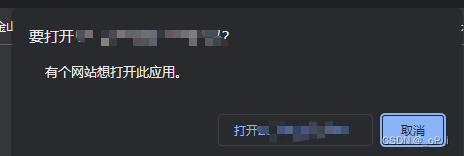
c#网页打开winform exe

A Cooperative Approach to Particle Swarm Optimization
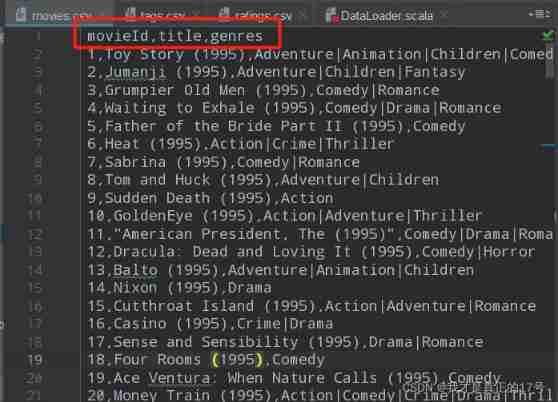
Mongodb problem set
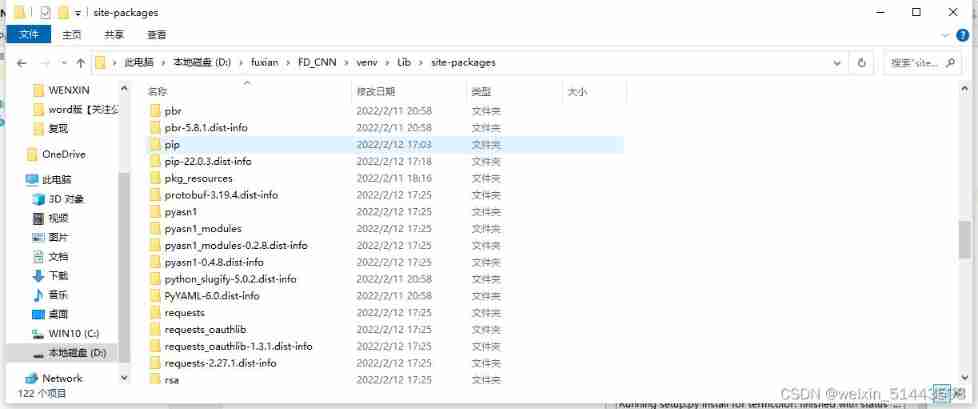
You are using pip version 21.1.1; however, version 22.0.3 is available. You should consider upgradin

C web page open WinForm exe
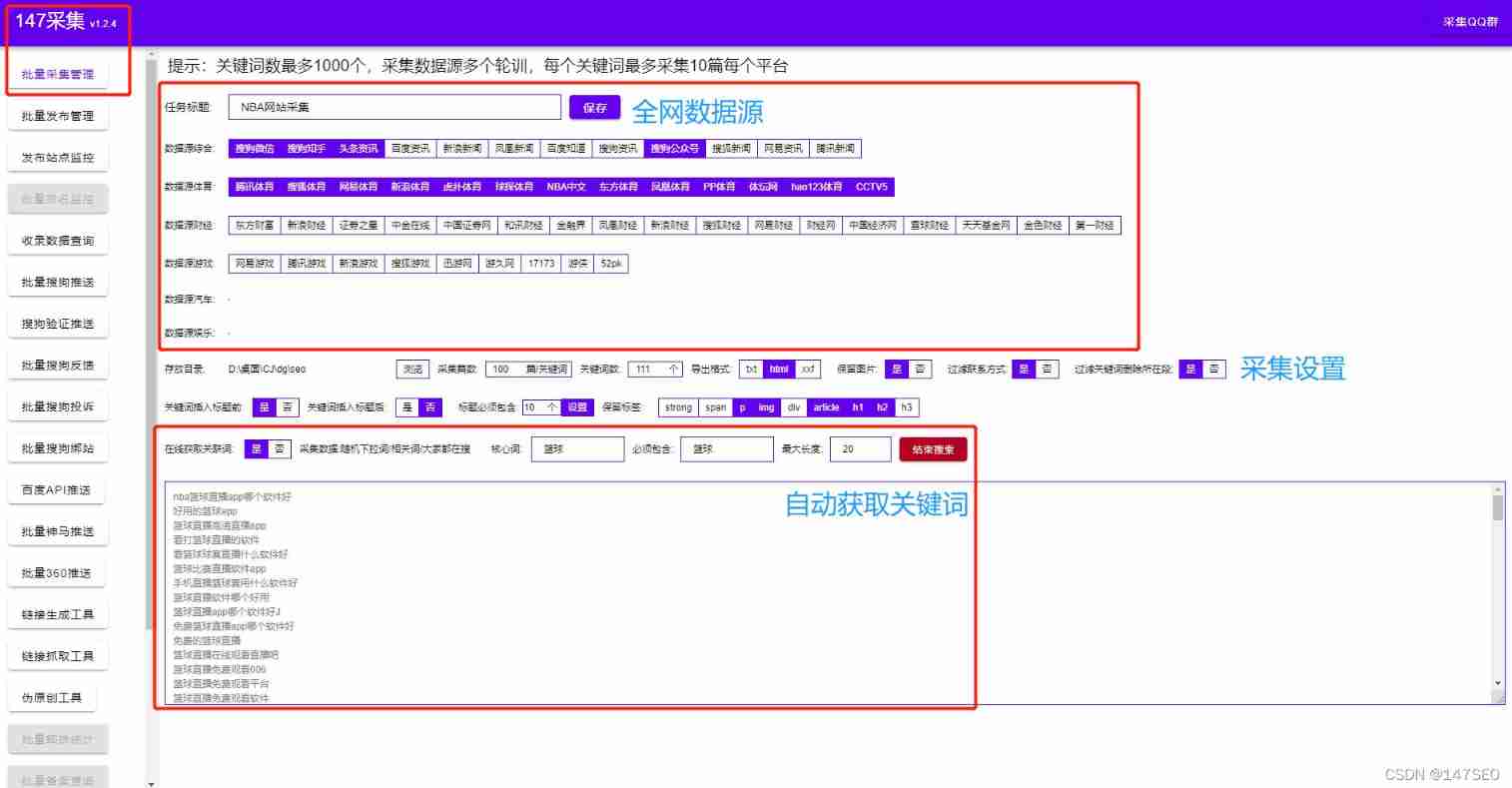
Xunrui CMS plug-in automatically collects fake original free plug-ins
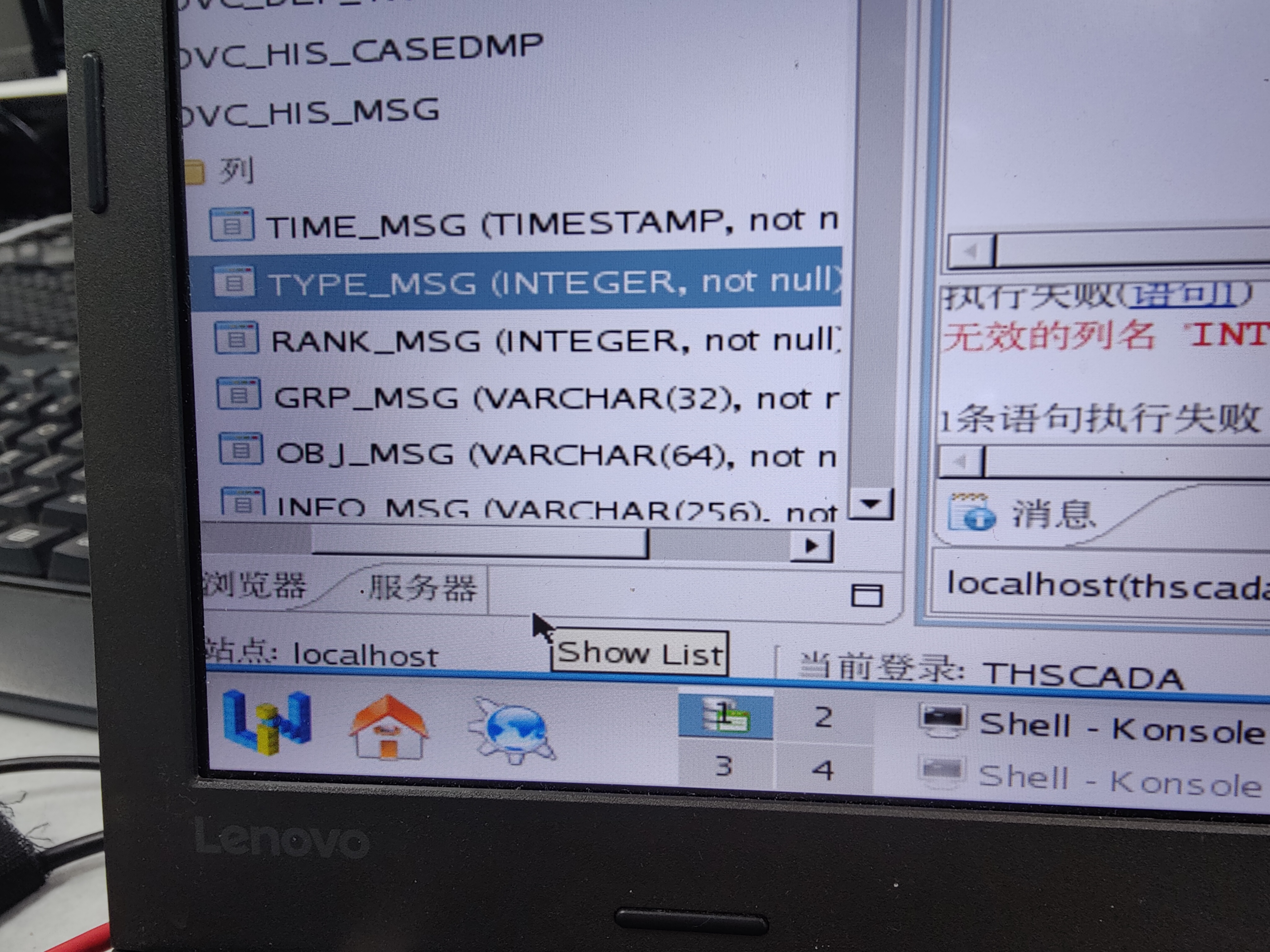
有谁知道 达梦数据库表的列的数据类型 精度怎么修改呀
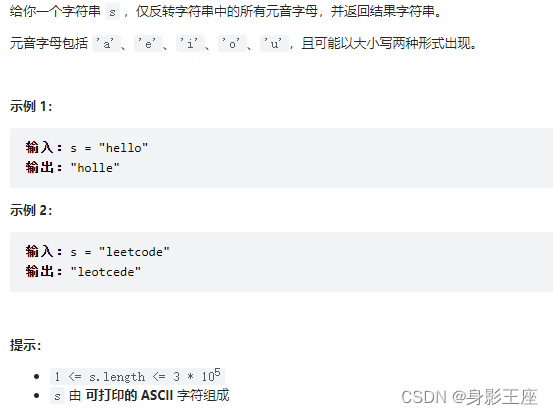
leetcode刷题_反转字符串中的元音字母

【SSRF-01】服务器端请求伪造漏洞原理及利用实例
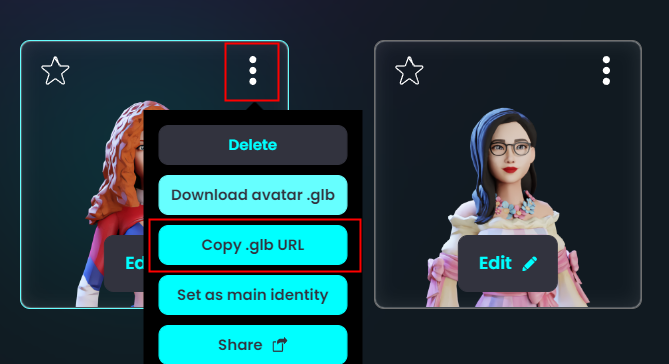
3D model format summary
随机推荐
Force buckle 9 palindromes
【全网最全】 |MySQL EXPLAIN 完全解读
leetcode刷题_验证回文字符串 Ⅱ
How to get the PHP version- How to get the PHP Version?
Paddle框架:PaddleNLP概述【飞桨自然语言处理开发库】
Docker compose配置MySQL并实现远程连接
ORA-00030
MUX VLAN configuration
MATLB | real time opportunity constrained decision making and its application in power system
JMeter BeanShell的基本用法 一下语法只能在beanshell中使用
Folio.ink 免费、快速、易用的图片分享工具
MATLB|实时机会约束决策及其在电力系统中的应用
Nmap: network detection tool and security / port scanner
Huawei converged VLAN principle and configuration
internship:项目代码所涉及陌生注解及其作用
ClickOnce does not support request execution level 'requireAdministrator'
【Flask】静态文件与模板渲染
MySQL learning notes 2
The basic usage of JMeter BeanShell. The following syntax can only be used in BeanShell
【Flask】官方教程(Tutorial)-part2:蓝图-视图、模板、静态文件